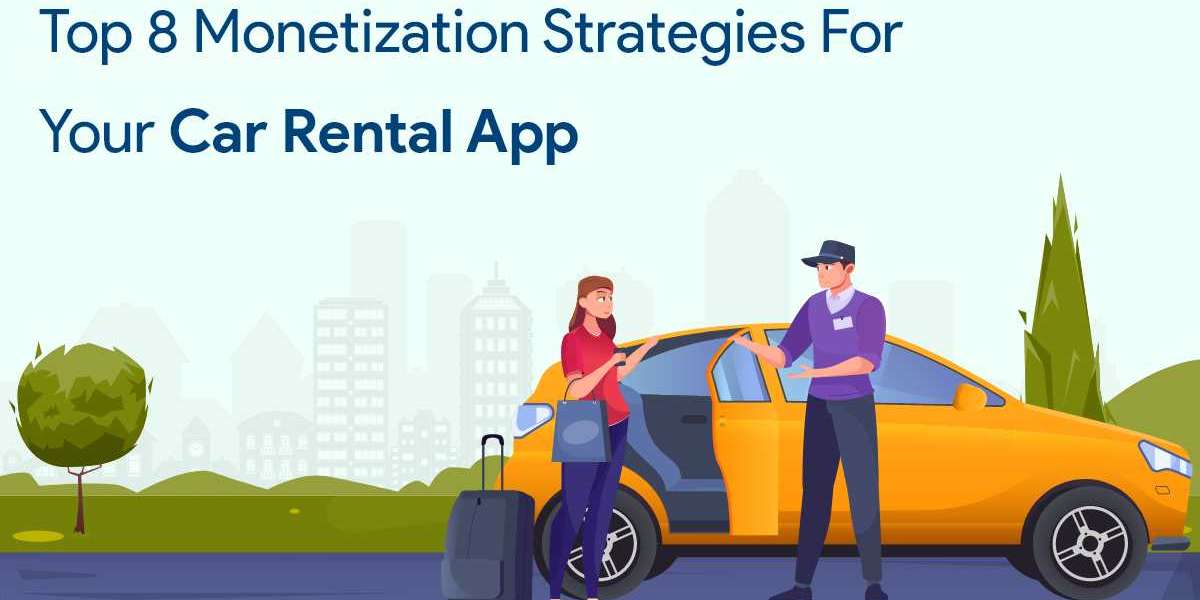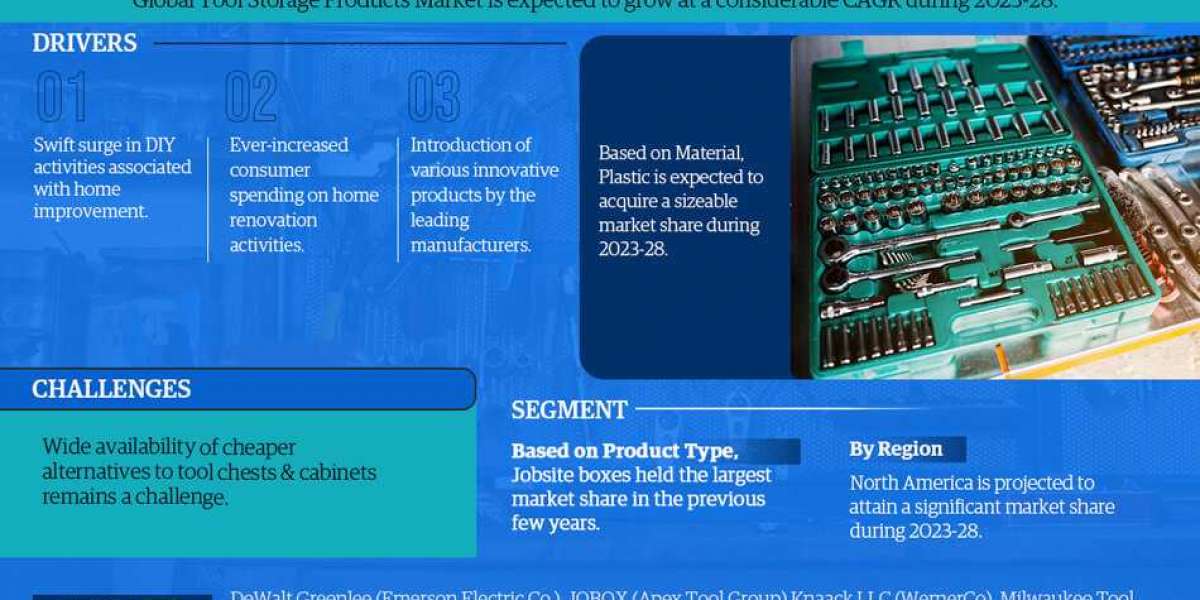Monetizing a car rental app effectively requires a strategic approach to ensure profitability while enhancing user experience. With the growing demand for car rental services, it’s crucial to implement diverse revenue streams that align with market trends and customer needs. Learn how to boost revenue and user engagement with these innovative top car rental apps monetization strategies. Here are the top 8 monetization strategies for your car rental app:
Commission-Based Model
Overview
A commission-based model is one of the most popular monetization strategies for car rental apps. In this model, your app earns a commission on each rental transaction made through the platform. This strategy aligns your revenue with the success of your app, as higher rental volumes directly translate to increased earnings.
Implementation Tips
- Partnerships with Fleet Owners: Collaborate with fleet owners or car rental companies to list their vehicles on your app. Negotiate a commission percentage for each booking.
- Transparent Fees: Clearly communicate the commission rates to both car owners and renters to build trust and avoid disputes.
- Dynamic Commission Rates: Consider offering tiered commission rates based on rental volume or car types to incentivize higher transactions.
Subscription Model
Overview
The subscription model offers users access to premium features or a set number of rentals per month for a fixed fee. This strategy provides predictable revenue and fosters customer loyalty through ongoing relationships.
Implementation Tips
- Freemium to Premium: Offer basic features for free and entice users to upgrade to premium subscriptions for additional benefits like priority booking or exclusive deals.
- Tiered Subscriptions: Create different subscription tiers to cater to various user needs, from occasional renters to frequent users.
- Flexible Plans: Allow users to choose subscription plans based on their rental frequency and budget.
Advertising and Sponsored Listings
Overview
In-app advertising and sponsored listings can provide additional revenue streams by allowing third-party businesses to promote their services within your app. This approach leverages your app's traffic and user base to generate income.
Implementation Tips
- Targeted Ads: Implement targeted advertising based on user demographics and preferences to enhance ad relevance and effectiveness.
- Sponsored Listings: Offer car rental companies the option to pay for enhanced visibility in search results or featured listings.
- Ad Placement: Ensure that ads and sponsored content do not disrupt the user experience and are integrated seamlessly into the app’s design.
Dynamic Pricing
Overview
Dynamic pricing adjusts rental rates based on various factors such as demand, seasonality, and vehicle availability. This strategy maximizes revenue by optimizing pricing according to market conditions.
Implementation Tips
- Data Analysis: Use historical data and real-time analytics to inform pricing decisions and adjust rates dynamically.
- Predictive Modeling: Implement algorithms that predict demand spikes and adjust pricing accordingly to capture higher revenues.
- User Communication: Clearly communicate the reasons behind dynamic pricing to users to maintain transparency and trust.
Add-On Services
Overview
Offering add-on services enhances the rental experience and provides additional revenue opportunities. These services can include features like insurance, GPS navigation, or additional drivers.
Implementation Tips
- Bundled Packages: Create bundles that include popular add-ons at a discounted rate to increase uptake.
- Customizable Options: Allow users to select and customize add-ons according to their preferences and needs.
- Upselling: Integrate upselling prompts during the booking process to encourage users to opt for additional services.
Vehicle Management Fees
Overview
Vehicle management fees are charged to car owners or fleet operators for listing and maintaining their vehicles on your platform. This model ensures that your app generates revenue from vehicle owners in addition to renters.
Implementation Tips
- Service Fees: Implement a fee structure for vehicle management that covers listing, maintenance, and customer support services.
- Value Proposition: Clearly communicate the value and benefits of listing vehicles on your platform, including visibility, bookings, and customer support.
- Flexible Pricing: Offer various fee structures based on the size of the fleet or the number of vehicles listed.
Insurance Partnerships
Overview
Partnering with insurance companies to offer rental insurance through your app provides a valuable service to users and creates an additional revenue stream through referral fees or commissions.
Implementation Tips
- Integrated Insurance Options: Integrate insurance options into the booking process, allowing users to easily add coverage to their rentals.
- Partner Selection: Choose reputable insurance partners that offer competitive rates and comprehensive coverage.
- Commission Agreements: Negotiate commission agreements with insurance partners to earn a percentage of the insurance premiums sold through your app.
Data Monetization
Overview
Data monetization involves leveraging user data to generate insights and revenue. By analyzing user behavior, preferences, and trends, you can create valuable reports and analytics that can be sold or used to enhance app performance.
Implementation Tips
- Anonymized Data: Ensure that user data is anonymized and aggregated to comply with privacy regulations and maintain user trust.
- Market Research Reports: Create and sell market research reports based on the data collected from your app, offering insights into rental trends and consumer behavior.
- Enhanced Features: Use data insights to enhance app features and user experience, ultimately driving higher user engagement and revenue.
Conclusion
Effectively monetizing a car rental app involves a combination of diverse strategies tailored to your target market and business goals. By implementing these top 8 monetization strategies—commission-based models, subscription plans, advertising, dynamic pricing, add-on services, vehicle management fees, insurance partnerships, and data monetization—you can create multiple revenue streams and build a sustainable business. Discover the top 8 monetization strategies for your car rental app with insights from the leading on-demand app development company. Continuously analyze performance, adapt to market changes, and prioritize user satisfaction to maximize your app’s profitability and long-term success.








